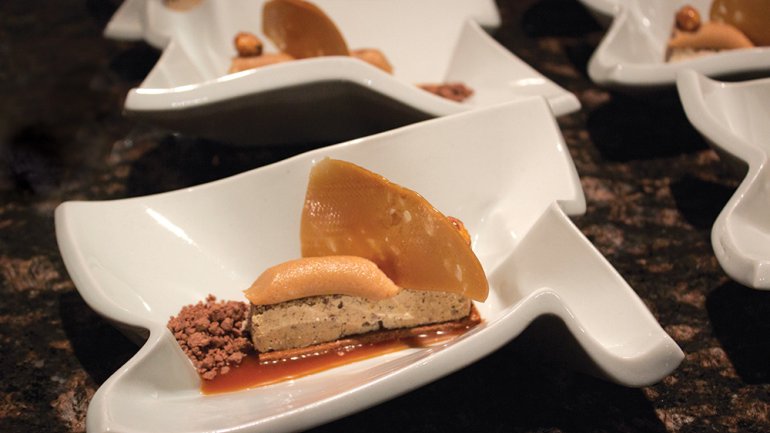Tabletop as Springboard
Tabletop as Springboard
When your theme is the tabletop, as ours is for this issue, food can’t be far behind. The artists we’re featuring who make work for the table have more than aesthetic and functional goals in mind as they work.
As you’ll see from our feature on tabletop ceramics, artists are also imagining the experiences that spring from their work, which invariably involve friends and family, wonderful food, and great conversation – gatherings around meals that are the stuff of happy, full lives.
In this issue, you’ll find many connections between food and functional craft: an interview with noted chef and craft enthusiast Chris Hastings, a story about two artists who make cookware, and a roundup of tools for entertaining, among other content.
But, frankly, we had more than food on the brain when we planned this issue. The tabletop theme reflects our intention to invite people to our table. It reflects our resolve to spread the word about craft, to help broaden the audience for it.
Why do we envision a broad audience? Essentially, because we believe craft should be a bigger slice of our culture. We think more people should know about it and care about it. We think more artists should make a reasonable living: 72 percent of full-time craft artists net less than $25,000 per year, according to a recent CERF+ survey. We believe more of us should buy quality handmade goods, knowing the makers and enjoying their good work for years. And we think more people should pursue craft in some form, regularly experiencing the joys and benefits of making, a central part of the human experience from time immemorial.
We like to do our part to popularize craft – to make it accessible and relevant – in the making of this publication. We pursue stories that will resonate with a broad swath of readers. We push for writing that is clear, concise, and engaging. We make good photography and design a priority, because what we see is often absorbed and understood on a level that words are not. We aim for a broad audience.
That’s what we do. Which also suggests what the craft field might do to be more vital: Invite more people to the table. As senior editor Julie K. Hanus argues, craft could learn a thing or two from the food movement about growing mindshare. The key? Take craft mainstream by looking beyond the luxury market and finding ways to make it accessible to more people.
Craft and the food movement share a deep respect for materials and skill. They are both reactions against excessive industrialization and spiritual poverty. Both reward their practitioners with mindfulness, mastery, and a sense of agency. But the food movement has infiltrated everyday venues in ways that craft has not. It has permeated popular culture in ways that craft has not. And therein lies the challenge.
What the rise of farmers’ markets and farm-to-table restaurants tells us is that people are hungry not only for better food but for deeper experiences. Craft is all about enriching experiences. Can we leverage that?

